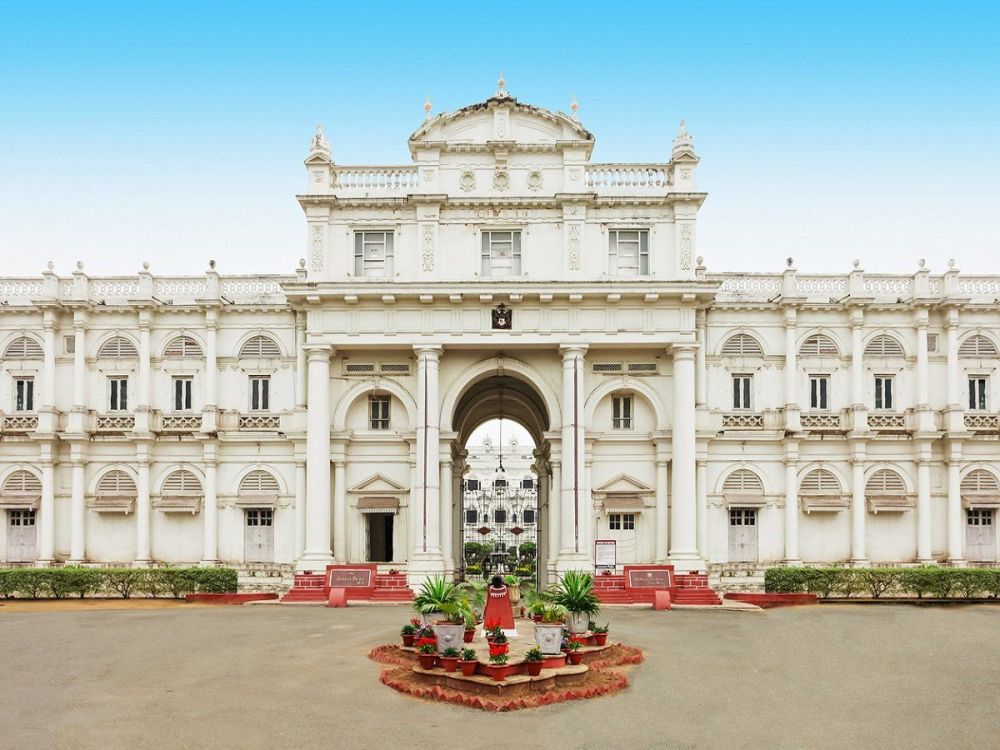

The Jai Vilas Palace in Gwalior is not just a grand residence; it's an embodiment of the rich cultural tapestry and the vibrant history of India. This palace is a key attraction in Madhya Pradesh and has been pivotal to the region's tourism for many years.
Built in 1874 by Maharaja Jayaji Rao Scindia, the Jai Vilas Palace has stood the test of time as an architectural marvel, blending European styles with Indian artistry. The palace was constructed to ensure that the visiting British dignitaries had a luxurious place to stay. The palace's opulence reflected the power and the wealth of the Maratha rulers of the Gwalior state.
With its impressive Durbar Hall which features a pair of the world's heaviest chandeliers and the intricate design work, the palace has long been a magnet for tourism and historical exploration. Over time, part of this majestic palace has been converted into the Jivaji Rao Scindia Museum, further cementing its role in promoting tourism and heritage education.
The inclusion of Jai Vilas Palace into the Indian tourism circuit has marked Gwalior as a must-visit historical destination. Tourists from across the globe visit this palace to marvel at its grand architecture which includes a mix of Tuscan, Italian-Doric, and Corinthian styles. This interest has not only preserved the history of the Scindia family but has also stimulated the local economy by boosting hospitality, transportation, and the arts and crafts sectors of the region.
In recent years, there has been a significant shift towards experiential and educational tourism. Visitors are now not only interested in the aesthetics of the palace but also keen to learn about the history, the royal lifestyle, and the heritage associated with the Scindias. Interactive tours and well-curated museum exhibitions have become integral parts of the tourism experience here.
Virtual reality experiences and audio guides are the latest additions to the tourist offerings, providing an immersive insight into the palace’s history. Social media uptake and online sharing have also turned the palace into a photogenic sensation, driving further interest and tourism.
Additionally, the Jai Vilas Palace has become a venue for high-profile events, conferences, and weddings, which has added an element of elite and luxurious tourism to this historical monument.
Whether you are a history buff, an architecture enthusiast, or simply in search of a royal experience, Jai Vilas Palace is a testament to India's regal past and a beacon for its tourism future. As a destination expert, I highly recommend adding this jewel of Gwalior to your travel itinerary to witness an integral piece of Indian history and elegance.
As the tourism landscape evolves, Jai Vilas Palace continues to hold a firm position as a top heritage site, offering a blend of traditional pomp and cutting-edge tourism trends.